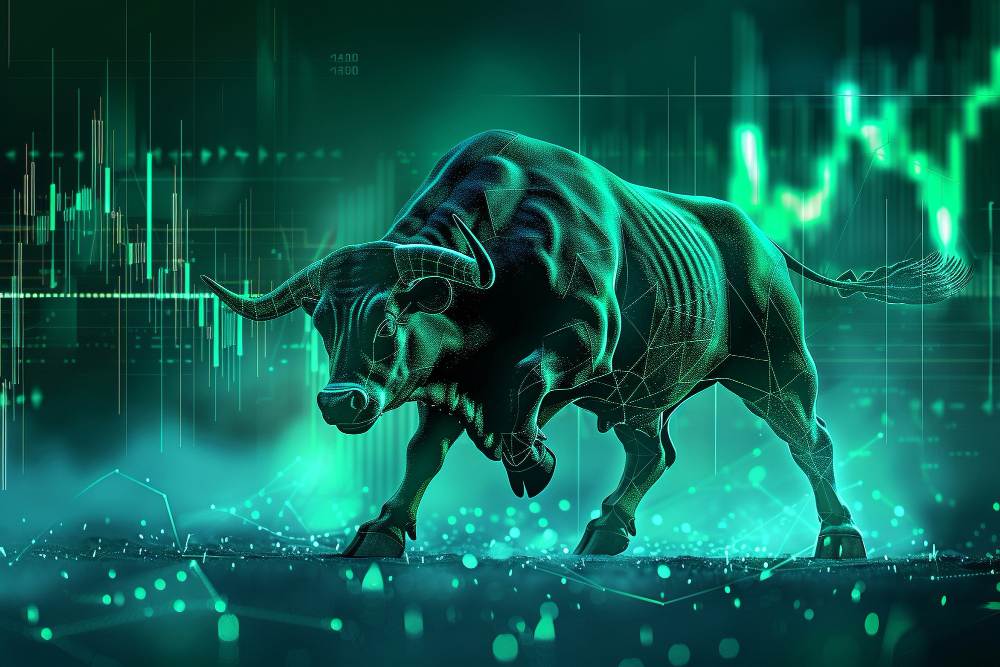Trading floors that once thrived on chaos and human interaction have given way to silent, algorithm-driven systems. Gone are the days when intuition and instinct ruled the markets.
Today, success hinges on speed, analytics, and integration of technology. As financial markets transform at a breakneck pace, a critical question arises: will the future belong to human ingenuity, artificial intelligence, or the synergy between the two?
As technology reshapes the rules of engagement, markets are discovering that success lies in harnessing both the sharp instincts of human expertise and the unmatched efficiency of machine-driven insights.
The Human Touch
Trading has long celebrated the power of human intuition. Seasoned traders excel at interpreting market subtleties, such as anticipating the ripple effects of geopolitical events on commodity prices or identifying emerging industries ripe for growth. For instance, hedge fund manager George Soros famously predicted and capitalized on the collapse of the British pound in 1992, driven largely by intuition and expertise.
However, even the most skilled professionals face limits. Today’s markets generate torrents of data every second, far exceeding human processing capacity. The New York Stock Exchange, for example, generates over one terabyte of trading data daily, making it impossible for humans to process it manually. Beyond scale lies the emotional element: fear, greed, or overconfidence can cloud judgment and lead to costly mistakes. While intuition remains vital for strategy, modern trading often surpasses human capabilities.
The AI Advantage
Enter artificial intelligence, the game-changer in modern markets. Unlike humans, AI doesn’t second-guess, or succumb to emotions. It can process massive datasets, analyzing market sentiment, breaking news, and technical trends at unparalleled speeds.
A prime example is high-frequency trading (HFT). AI systems detect fleeting price discrepancies across exchanges and execute trades within milliseconds. For instance, firms like Citadel Securities use proprietary AI-driven algorithms to manage billions of dollars in assets, achieving significant returns by leveraging speed and precision.
Yet AI is not without its limitations. Its effectiveness hinges on the quality of data and the robustness of algorithms. Flawed models or poor-quality inputs can lead to missteps, such as the 2010 Flash Crash, where automated systems exacerbated market instability. Moreover, implementing and maintaining AI systems requires significant investments in infrastructure and specialized talent.
The Power of Partnership
The future of trading doesn’t demand choosing between human expertise and AI efficiency. Instead, it lies in collaboration, combining the strengths of both worlds. When major market news breaks, AI systems can instantly analyse implications and execute trades while traders focus on broader strategy and client relationships. This partnership allows each to operate at peak effectiveness, achieving what neither could alone.
Consider the volatility from an unexpected earnings miss by a major tech company. AI systems can instantly analyse the report, gauge market sentiment, and execute trades at the same time, while traders can assess broader strategic impacts and adjust portfolios. This collaboration enables optimal outcomes.
Navigating Challenges
The hybrid model, while promising, comes with its challenges. Over-reliance on AI can amplify systemic risks, such as market disruptions triggered by algorithmic failures. Ensuring transparency and reliability in AI systems is crucial to prevent cascading failures.
Data quality remains another pressing issue, especially in emerging markets, where inconsistent data can undermine AI effectiveness. Additionally, regulators must keep pace with AI advancements.
In 2018, the EU’s Markets in Financial Instruments Directive (MiFID II) established stringent rules for algorithmic trading, requiring firms to implement risk controls and ensure transparency. Key requirements included pre-trade controls, kill switches, and regular assessments to ensure stability.
While this framework sets a precedent, ongoing advancements demand further updates. Ethical concerns, such as algorithmic bias and accountability, also demand attention. Regulators and industry leaders must collaborate to establish standards that ensure fairness, accountability, and investor protection.
The ROI of AI: Addressing Key Concerns
Adopting AI involves significant investment, with a recent Deloitte report estimating annual spending of up to $20 million on AI infrastructure. However, the benefits are clear—AI-powered systems greatly improve efficiency. For example, algorithmic trading now makes up about 45% of US Treasury trades on platforms like ICAP’s BTec, demonstrating its impact on execution speed and accuracy.
While the upfront costs of developing AI systems are significant, the long-term benefits—such as reduced trading costs, enhanced operational efficiency, and real-time risk management—make it a strategic imperative. Firms that address these factors can unlock substantial value.
Tomorrow’s Markets
The evolution of trading continues, driven by technological advancement and market complexity. Retail investors are gaining access to advanced tools, once reserved for institutions, further democratizing finance. Meanwhile, real-time risk management systems are becoming indispensable for market stability.
For market participants, the way forward is clear: embrace technology while fostering collaboration between human and machine intelligence. The future of trading is not a zero-sum game—it’s a partnership. Success in this new era will not be defined by “man versus machine,” but by man and machine working together to create resilient, innovative, and efficient markets.




